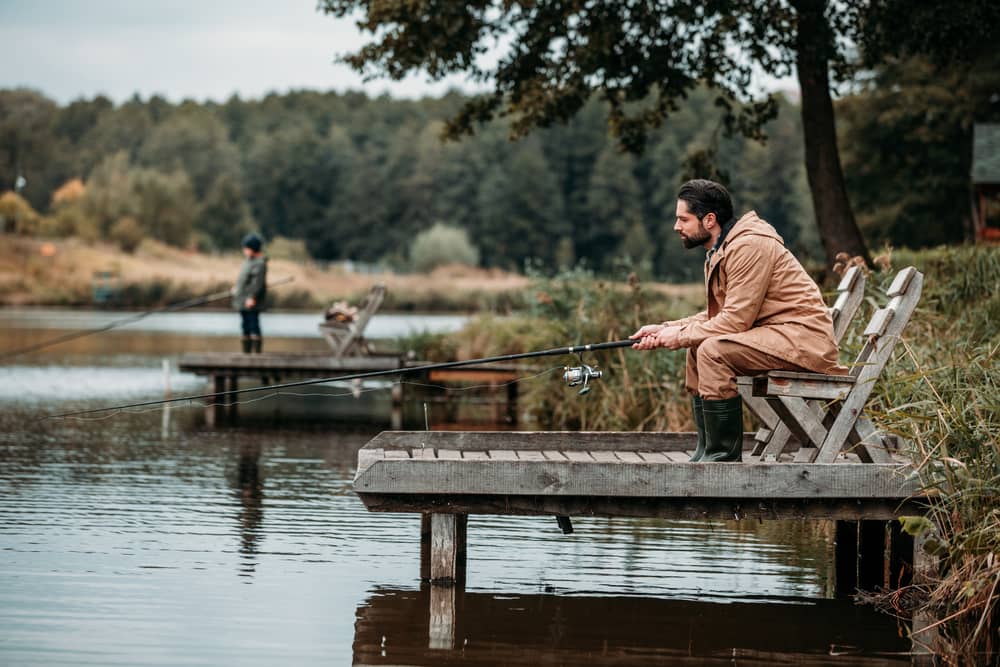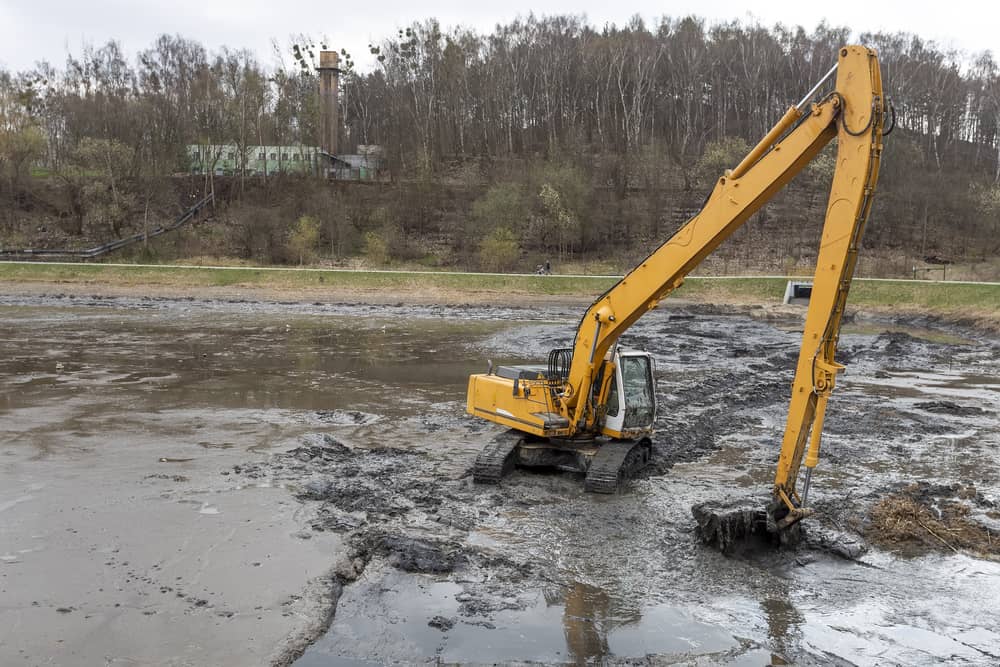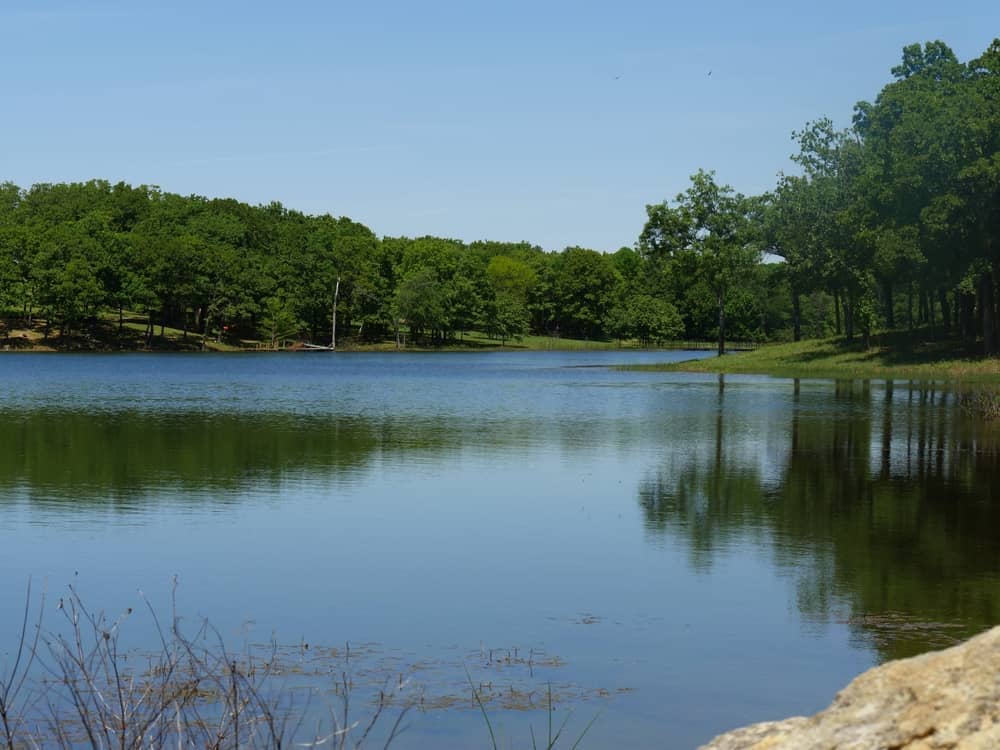Building a Lake: 4 Quick Questions to Help You Get Started
Building a lake can be a great way to enhance your property, whether you are after boosting its resell value or simply adding a picturesque waterfront view to it. In fact, it has been found that residential properties with a waterfront view consistently sell at a higher price compared to their inland counterparts—thanks to the law of limited supply.
However, building a lake is definitely a big undertaking, even for seasoned property owners. Considering the time, manpower, and cost that building a lake involves, it is important to ask the right questions before you get started.
Starting with the end in mind is always an efficient way to list out what you need, but with projects as complex as lake-building, the list can be overwhelming. So, if you are looking to learn more about where to begin, here are some of the questions to help you navigate building a lake:
What is the ideal location?
Be intentional about choosing the lake's location, keeping in mind that it will directly impact its functionality and purpose. Whether you are building a lake for fishing, recreational activities, irrigation, or wildlife conservation, a well-placed location can serve your needs effectively.
Purpose aside, environmental considerations are also a significant factor. As much as possible, the lake must not disrupt its surrounding ecosystems while also avoiding areas prone to erosion. Proper placement can also aid you with managing the water quality and supply since building a lake near a reliable water source can provide you with a steady water inflow.
What is the lake's size and depth?
Determining the dimensions of your lake must also align with the lake's purpose. For instance, an irrigation-intended lake that is too small may not provide sufficient water resources, while building a lake for recreation that is too large can be difficult to maintain.

Another consideration of your lake's size and depth is your budget and maintenance capacity. An expansive lake will naturally cost more to build and require higher maintenance than a shallow one.
How do I begin creating the lake?
While building a lake can elevate a property, starting the project is definitely not a simple task. Before you even get to the excavation phase, you would first need to secure permits and get your hands on specialized equipment for earthmoving—not to mention shell out quite a sum for the whole project.
This is why it is important to hire an excavation services specialist who can help you navigate the process while also ensuring correct execution. After all, doing it right the first time is the only best way to go about building a lake.
Although hiring a contractor might seem like a stiff investment at first, you will soon find how hiring an excavation specialist is an invaluable time and money-saver in building a lake correctly.
Here are just some of the few services an excavation contractor does for you:
- Securing Permits
The permitting process can be complex in building a lake, especially with varying jurisdictions per area. This is why it is advantageous to hire a professional who is well-versed in the local regulations and permit requirements specific to your area.
An excavation contractor can guide you through the permitting process efficiently, ensuring that all the necessary paperwork in building a lake is completed correctly and submitted on time. - Excavation
After the complex permit phase, next comes the labor-intensive excavation stage. An excavation specialist has the heavy machinery and specialized equipment needed to clear, dig, and shape the lakebed according to your desired size and depth.
Correctly building a lake also requires careful consideration of the soil composition, groundwater levels, and the topography of the area. Their expertise minimizes the risk of erosion, uneven terrain, or other complications that can arise from amateur excavation attempts. - Safe earthmoving
An excavation services specialist complies with industry-standard safety protocols to protect both the workers and the environment during the excavation process.
Coupled with the right tools, practices, and knowledge for the job, an excavation specialist can bring peace of mind to building a lake.

A qualified contractor can accurately, safely, and efficiently prepare the groundwork for you, ultimately saving you time and resources in building a lake.
Remember, hiring amateurs might seem like a cost-saving decision upfront, but their miscalculations and unsafe work practices will likely cost you more in the long run. When it comes to building a lake, investing in professional excavation services is worth every penny.
How do I maintain the lake?
Lastly, another consideration in building a lake is its maintenance. Once the lake is built, you need to maintain the water quality not only for aesthetic appeal but for ecological and functional performance as well.
There are several ways to maintain the water quality of your lake, ranging from simply clearing the water from debris to more complex ways, such as installing aeration systems. Monitoring the water quality of your lake by tracking its pH, oxygen, and nutrient levels lets you identify and mitigate any imbalances, such as algae blooms or excessive nutrient content.

While building a lake is the immediate goal, being responsible for its impact on its surrounding ecosystem is just as important.
To wrap it up
Remember, the construction is just one aspect of building a lake. Once it is set up, it is proper maintenance that will dictate how well your lake will serve your needs. A healthy and beautiful lake can add a unique charm to your property, all the while bolstering its value.
These are just some of the most important considerations to factor in when building a lake. By asking these questions, you can be sure that you are building a lake that fits your vision and your needs—without wasting precious resources on repair work.
Although building a lake is a major project, the process does not have to be painful. With the right preparation and specialists helping you realize your goal, you will find that building a lake can even be an enjoyable journey.






